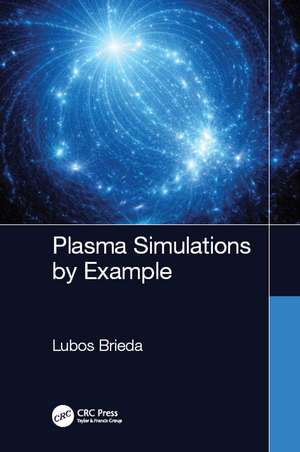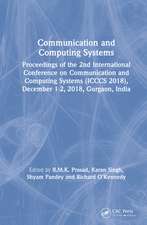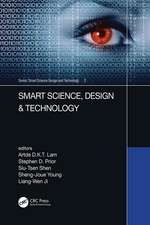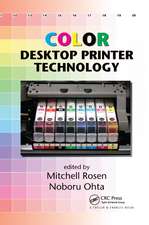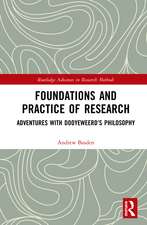Plasma Simulations by Example
Autor Lubos Briedaen Limba Engleză Hardback – 17 dec 2019
Features:
- Provides a step-by-step introduction to plasma simulations with easy to follow examples
- Discusses the electrostatic and electromagnetic Particle in Cell (PIC) method on structured and unstructured meshes, magnetohydrodynamics (MHD), and Vlasov solvers
- Covered topics include Direct Simulation Monte Carlo (DSMC) collisions, surface interactions, axisymmetry, and parallelization strategies.
| Toate formatele și edițiile | Preț | Express |
|---|---|---|
| Paperback (1) | 305.97 lei 3-5 săpt. | +21.23 lei 5-11 zile |
| CRC Press – 30 sep 2021 | 305.97 lei 3-5 săpt. | +21.23 lei 5-11 zile |
| Hardback (1) | 978.46 lei 6-8 săpt. | |
| CRC Press – 17 dec 2019 | 978.46 lei 6-8 săpt. |
Preț: 978.46 lei
Preț vechi: 1425.53 lei
-31% Nou
Puncte Express: 1468
Preț estimativ în valută:
187.25€ • 194.77$ • 154.59£
187.25€ • 194.77$ • 154.59£
Carte tipărită la comandă
Livrare economică 14-28 aprilie
Preluare comenzi: 021 569.72.76
Specificații
ISBN-13: 9781138342323
ISBN-10: 1138342327
Pagini: 368
Ilustrații: 200 Illustrations, black and white
Dimensiuni: 156 x 234 x 29 mm
Greutate: 0.64 kg
Ediția:1
Editura: CRC Press
Colecția CRC Press
ISBN-10: 1138342327
Pagini: 368
Ilustrații: 200 Illustrations, black and white
Dimensiuni: 156 x 234 x 29 mm
Greutate: 0.64 kg
Ediția:1
Editura: CRC Press
Colecția CRC Press
Public țintă
Professional Practice & DevelopmentCuprins
1. Fundamentals. 2. Plasma in a box. 3. Flow Around a Sphere. 4. Material Interactions. 5. Symmetry. 6. Unstructured Meshes. 7. Electromagnetic PIC. 8. Eulerian Methods. 9. Parallel Programming.
Notă biografică
Lubos Brieda has over 10 years of experience developing plasma and gas simulation codes for electric propulsion, contamination transport, and plasma-surface interactions. As part of his master’s research work, he developed a 3D ES-PIC electric propulsion plume code, Draco, which is to this date utilized by AFRL and private aerospace firms to study plasma thruster plumes. His Ph.D, obtained in 2012 from George Washington University, USA, focused on a multi-scale model for Hall thrusters utilizing fluid-kinetic hybrid PIC codes. Recently, after four years working as an engineer at NASA's Goddard Space Flight Centre, he developed a 3D particle-based contamination transport simulation program CTSP for modeling plume impingement, particulate redistribution during launch, and molecular transport in vacuum chambers. Since 2014 he has been teaching online courses on plasma simulations through his website.
Descriere
Providing the reader with an easy to follow set of examples, this new book guides readers how to develop C++ computer codes for simulating plasmas primarily with the kinetic Particle in Cell (PIC) method. This text would be invaluable to advanced undergraduates and graduate students looking to learn how to put the theory to the test.
